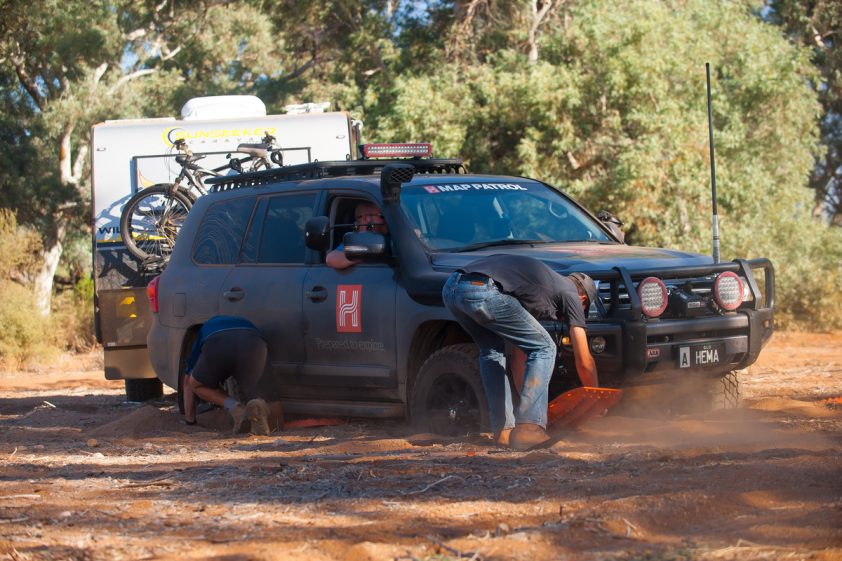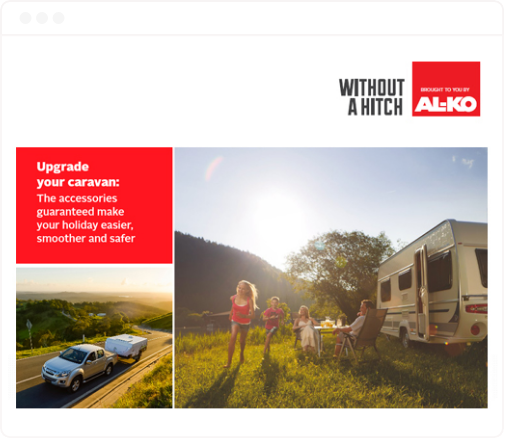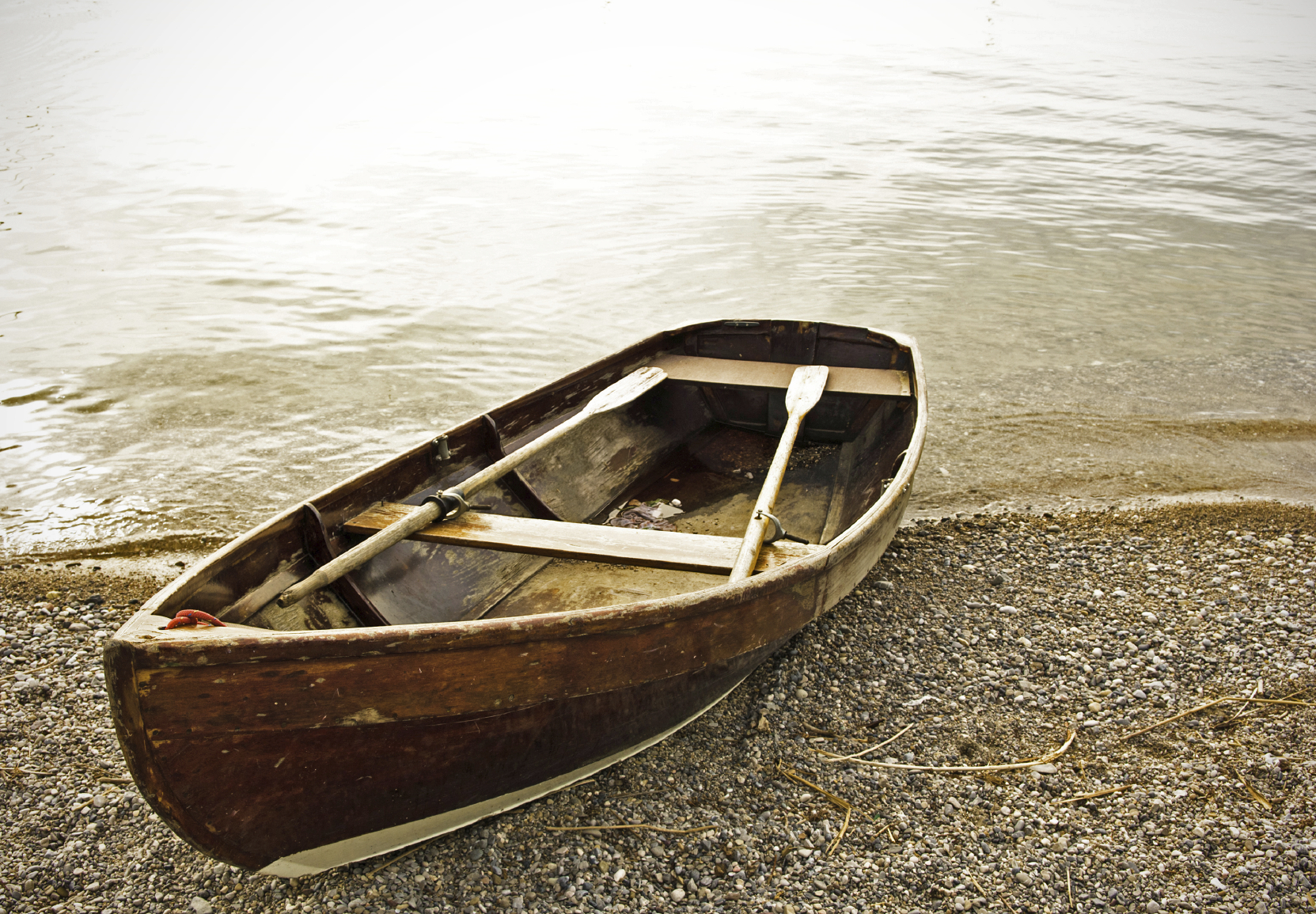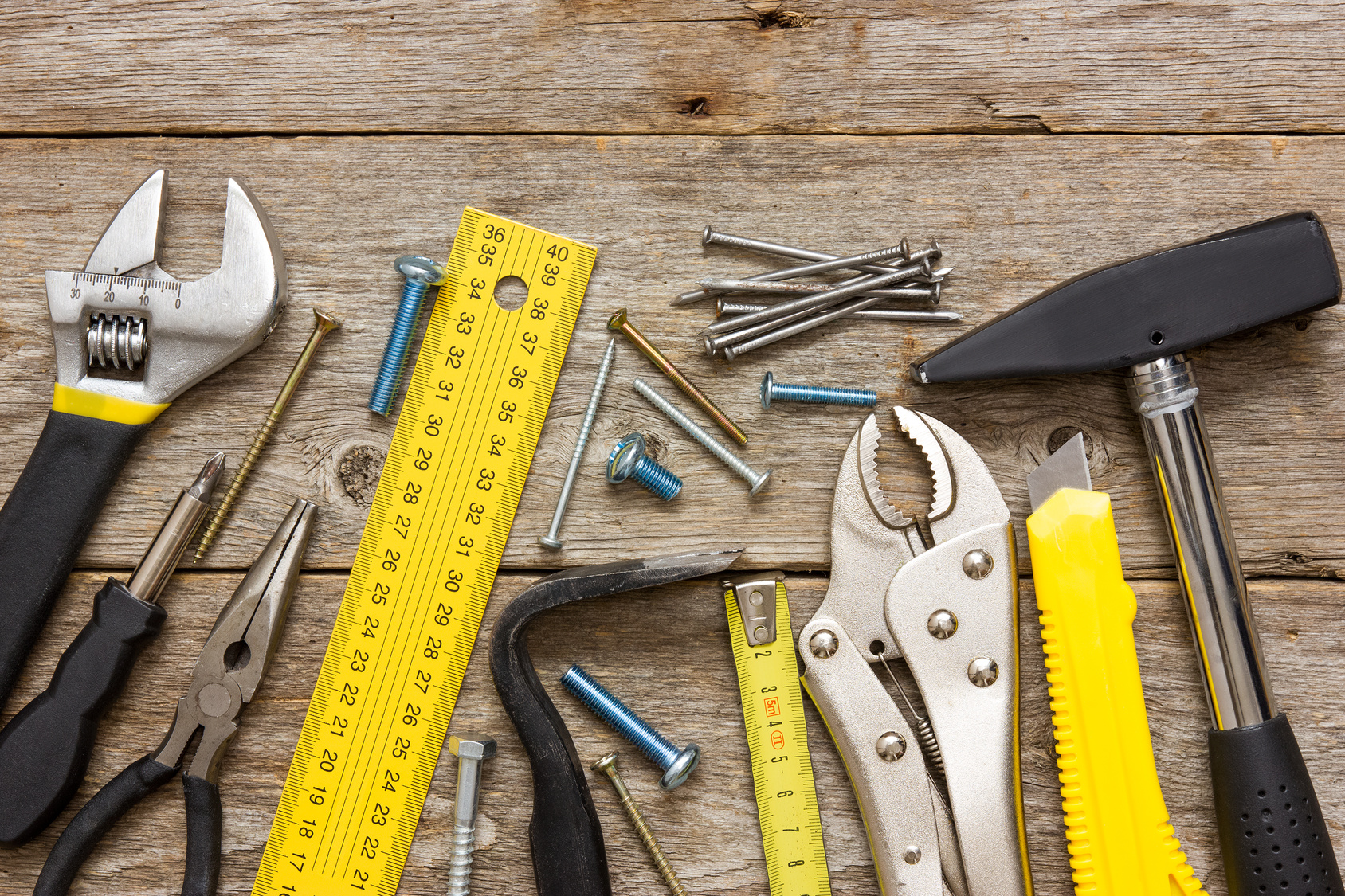Sand retrievals can be daunting experiences for some and should be respected especially when on a beach with the threat of an incoming tide but at the same time, with the right gear, composure and a plan, you should never stay stuck.
HOW IT HAPPENED
Fellow tow tester Chris Michel, a more than capable and confident driver, was in charge of piloting the Hema Maps 200 series LandCruiser as the day before, his Mazda BT-50’s transmission failed on a steep climb. We still had a lot to shoot, and test, so Hema offered the use of one of the support vehicles for the last two days of filming. Behind the 200 was his personal Sunseeker Wild Child, a big van on mud-terrain tyres with plenty of clearance.
The Hema is well set-up with ARB locking differentials, quality Cooper tyres and a touch more than the standard power thanks to some ECU tuning, but the realities of heavy weights, soft sand and an attempt to turn tightly for the camera meant even the best driver and vehicle combination was doomed to sink.
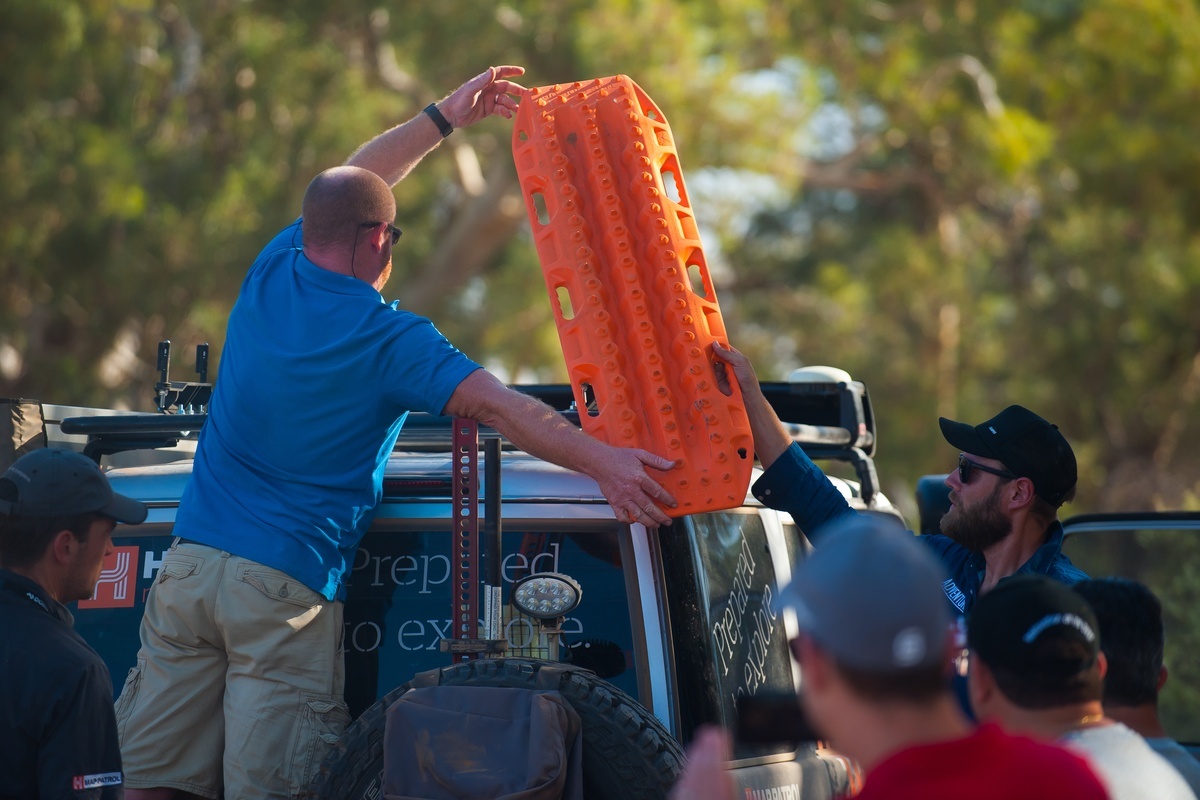
We were shooting on a dry river bed, in an overgrown area fairly elevated from the base of the bed itself. Underfoot was loose sand with a lot of plant debris and roots. Moving across the sand at constant speeds was fairly straightforward but as it turned out, as soon as some side load was put on the tyres, they quickly dug deep.
Chris did what we all do, and should do, he tried to create momentum by first applying the accelerator then by locking the diffs in an effort to get some traction. He failed, as many of us do and sunk the big 200 down to the running boards. We didn’t need to yell at him, he has been there before so a quick laugh at the situation and we were into a recovery mode.
THE RECOVERY
The first thing to do is assess the situation and if you are not unlucky enough to be stuck in water, turn the car off. It is quieter, lets the underside start to cool down and gives anyone about to work under it confidence it is not going to attempt to drive off (or over) them. Some people go so far as to have the driver remain in the car and take ownership of the keys and driving, others will force the driver to the grunt work, me, I like to let the most capable and confident work the roles best for them.
We had the option of engaging an electric winch from one of the support cars or make use of a snatch strap but we decided the fastest and safest option was to use four MaxTrax aboard one of the support cars.
CHOOSE YOUR RECOVERY
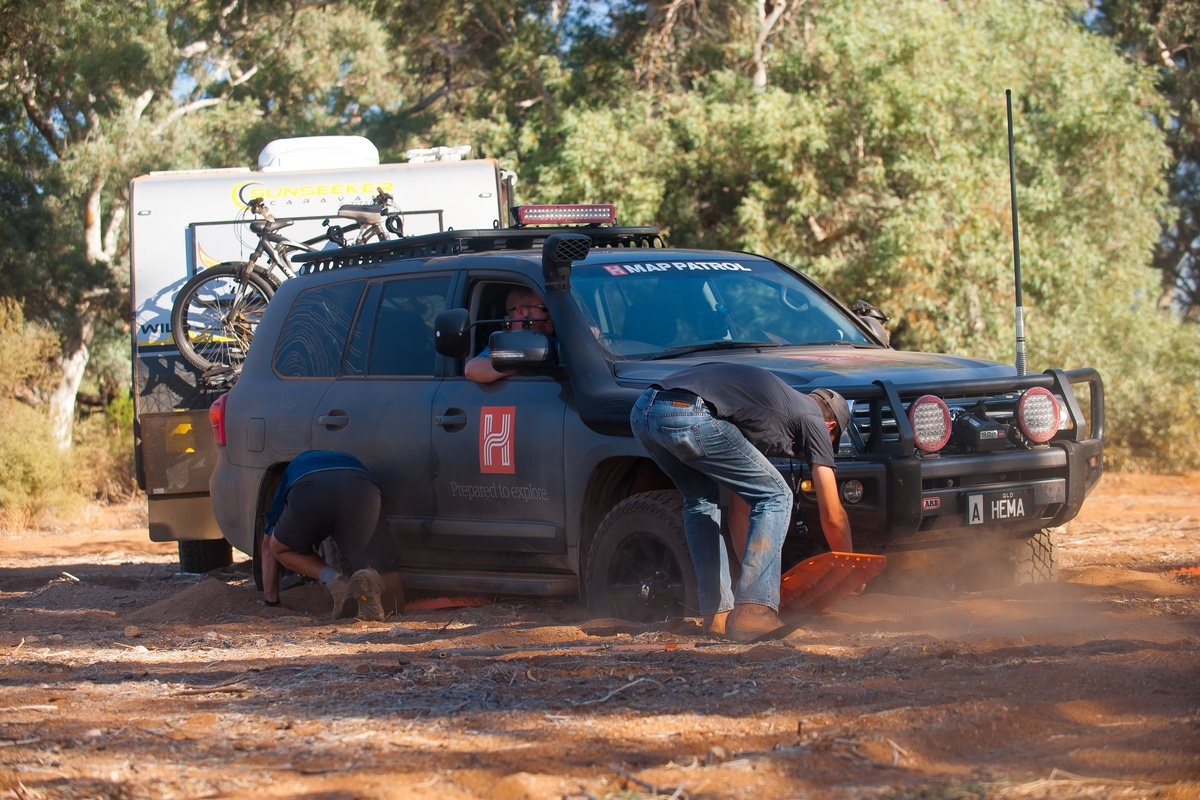
If you only have two boards, use them with the front tyres as they will lift the front and, should you need it, you can change the angle of the steering wheel to better place the tyres on the boards.
DIG WITH CARE
Do not dig with your bare hands. There could be glass, sharp rocks, even power cables under the sand. Use a shovel or the Trax and clear as much sand as possible from in front of each tyre.
ACCESS THE WHEELS
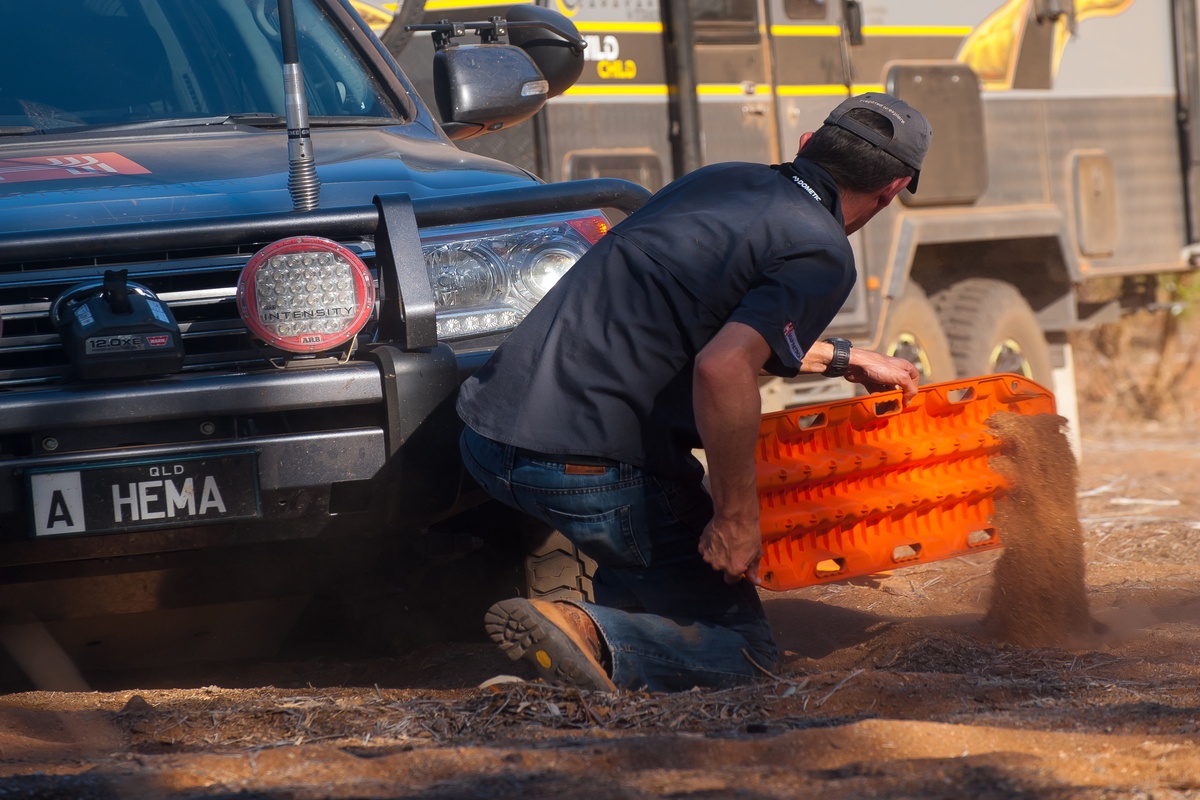
When clearing space for the boards, do not dig the full length of the boards, you want the boards to work as ramps lifting the car back up to ground height so dig about third of the length of the boards down to close to the depth the tyres are sunk.
PICK A LINE
Have you considered where you will drive once out of the sand? It pays to have everyone know where you plan to drive once moving again as stopping could lead to a second recovery and you do not want to be honking the horn and waving arms at people standing where you plan to go.
CLEAR THE AREA
Once you are happy with your Trax placement, make sure no one is behind the car. I have seen MaxTrax come shooting out from behind a tyre, it is rare but not worth risking your teeth over. Then it is back to driving, hopefully.
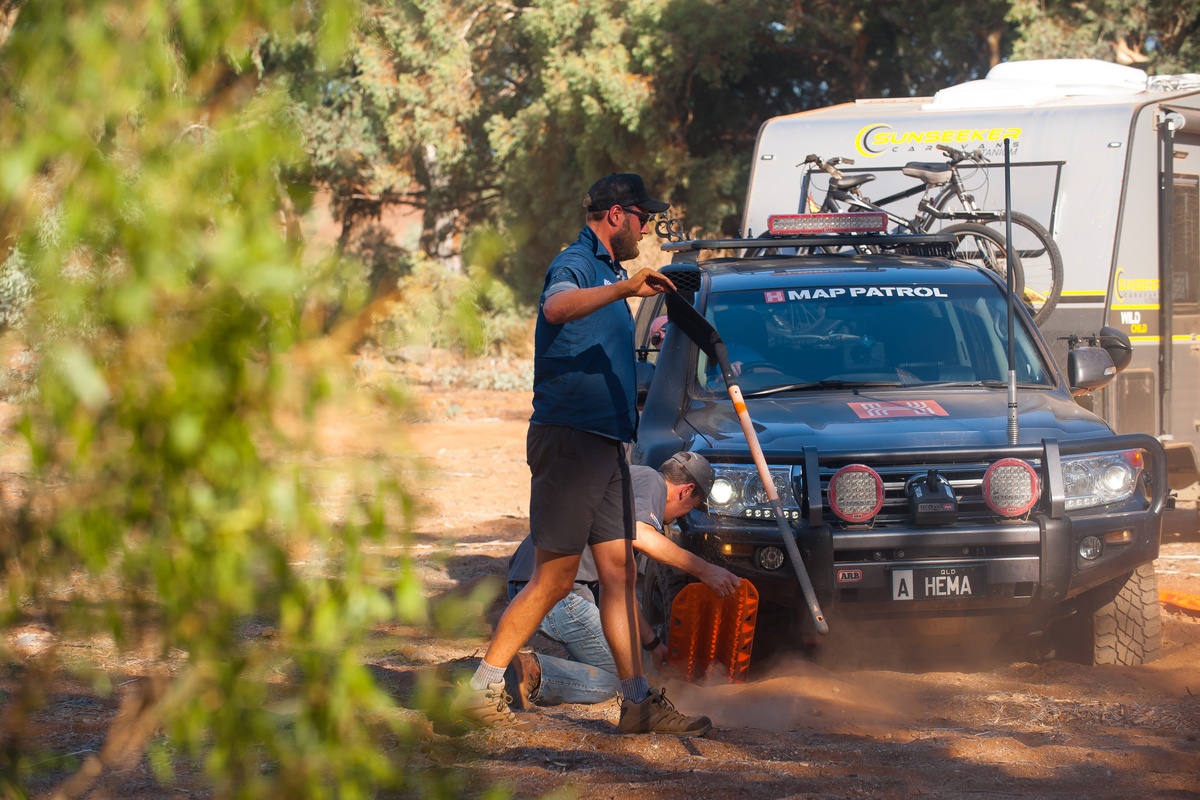
CHOOSE A SPOTTER
The trick is communication and some forceful use of the accelerator. Having a spotter that can tell you about the placement of your front wheels as you try to move is important. In sand especially, MaxTrax can move and you may need to turn the steering wheel to aim the wheels to get best traction.
APPLY THE ACCELERATOR
As you apply throttle, expect the boards to move as they grip with the tyres. The hope and normal expectation is that they are pulled under the tyre allowing the wheels to rise and move forward as they effectively increase your contact patch to the size of each board. Roll off them with constant throttle load, do not slow down immediately, head to your designated spot and park.
GRAB YOUR MAXTRAX
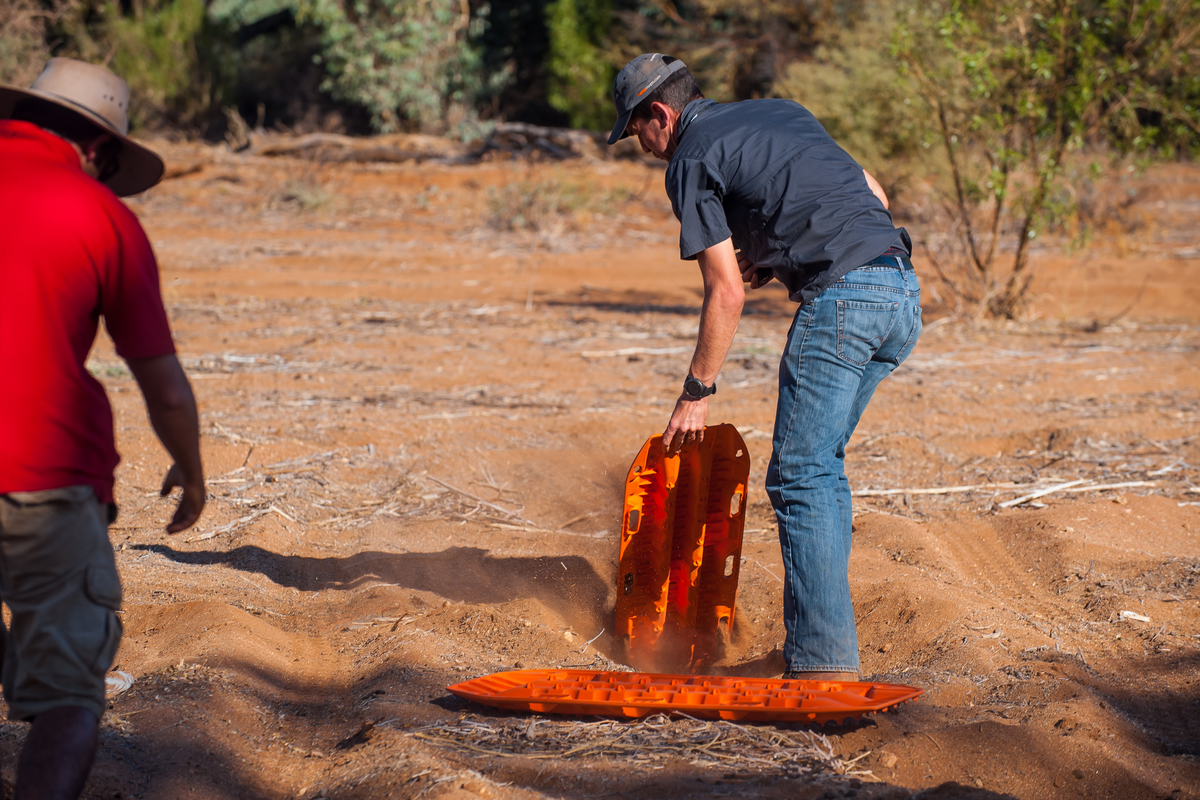
I have seen the pressure of the situation make people forget they had them out. Next, have a look under your car checking for damage to brake and fuel lines, power cables and the tyres themselves. Once your Trax are away and you are happy with the situation, relax and head on. Your job is done.
MEET THE AUTHOR
Tim van Duyl
Coming from marine publishing Tim now oversees Caravan World and Trade-a-Boat for the Adventures Group as their Senior Editor. With experience garnered from travelling the breadth and width of his home country New Zealand in all manner of ways, his mission is to see all Australia has to offer. Having already sampled Cape York, Murray-Sunset National Park, Wilsons Promontory and the bulk of Victoria’s West, he has plans to add to the small parts of WA and NT already seen. When not on the road you can find Tim passing time at lakes around Australia or in the high country camping with his close friends and family with the Murrindindi a popular spot.

